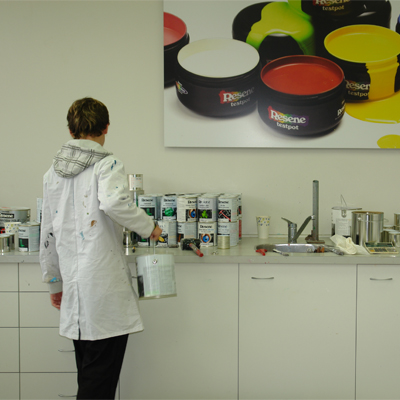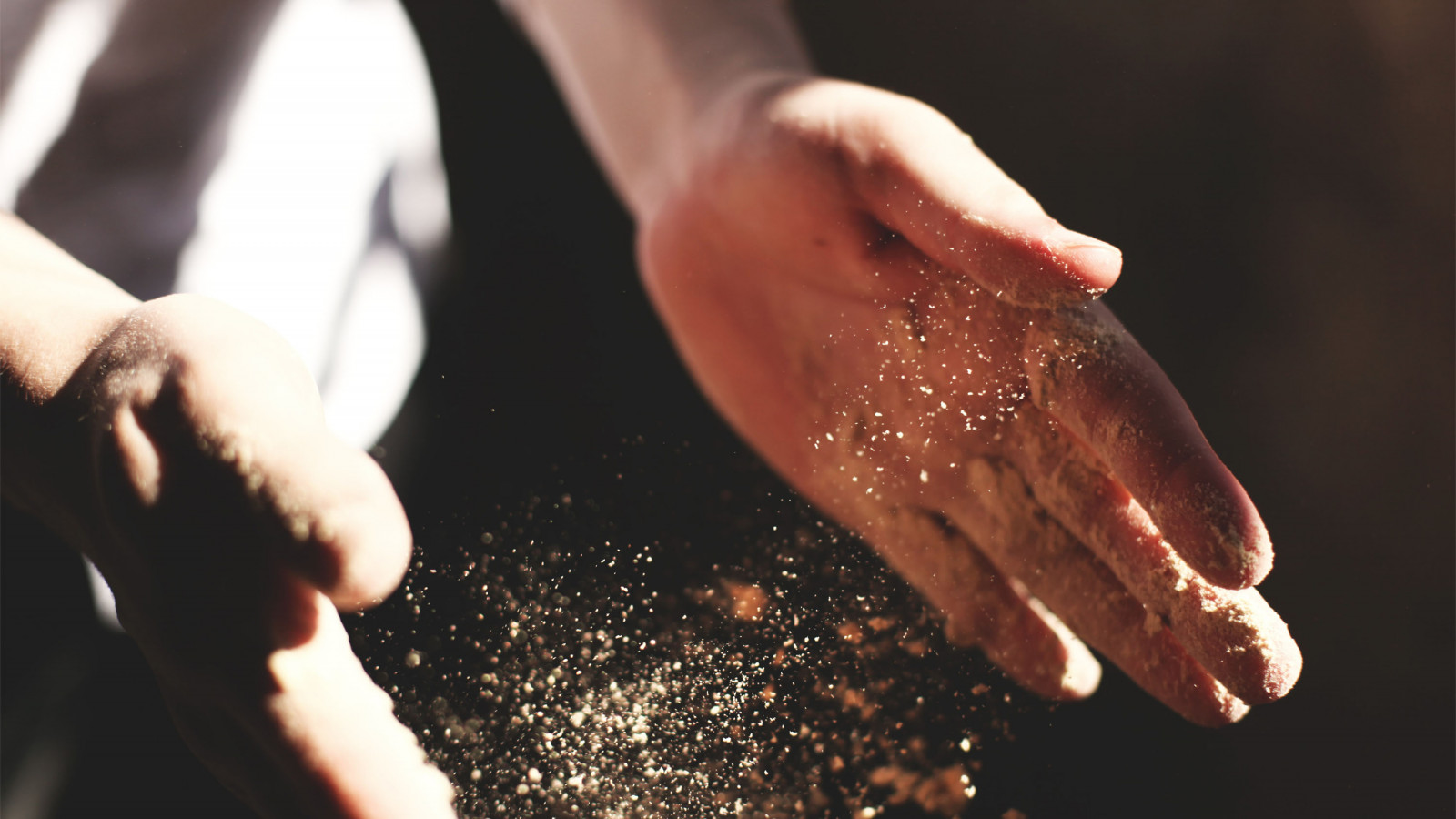Late afternoon in what has been quite a beautiful autumn. The setting sun streams through the lounge windows, bathing everything in a roseate glow and highlighting — every particle of dust that sits on every surface! My wife hates this time of day!!
Where does it come from?
Well, even inside of a modern, almost hermetically sealed home there are plenty of sources of these motes. Human hair and that from our pets, human skin, pollens and spores from house plants and (a big one) fibres from textiles and paper all contribute — but it is when one ventures outside that the story of dust becomes mind blowing.
The largest source and type of dusts are those derived from minerals. Mineral dusts are produced by glaciers grinding moraine under their vast, slow moving weight, the constant comminution of particles ground by the ever-moving deserts, the silt deposited by the seasonal flooding and the receding of river systems and human tilling practices are but a few means of generation. When the dust particles become fine enough and winds become strong enough, these particles get lifted into the air to be transported over vast areas.
To give some idea of size, these eolian dusts range from 0.001 microns to 40 microns — a micron is a millionth of a metre and the human eye cannot detect anything smaller than 40 microns. So, wind-blown dusts can be seriously small and, of course, the smaller the particle, the further the wind can carry them. All the loess plateaus of the world have been built by the deposition of wind-blown dusts. New Zealand’s South Island has its own loess plateaus, over 1 million hectares has been identified in central Canterbury, thought to have been carried from glacial valleys and braided river beds by the nor’westerly Foehn winds.
N.A.S.A. satellites have studied the dust movement from the earth’s largest source — the Sahara Desert. They report that an average of 188 million tonnes per year are blown away by the easterly trade winds, enriching the Canary Islands, some of the islands of the Caribbean, and ultimately dropping 27.7 million tonnes onto the Amazon basin. The Eastern Sahara is a rich source of phosphorous (as New Zealand importers know) and 22,000 tonnes of phosphorous is contained within the dust dropped in the naturally phosphate deprived Amazon basin.
The Intercontinental symbiosis where one of the most arid areas on earth fertilises one of the lushest is almost magical.
It is prevailing Westerlies which transports 64 million tonnes of dust from the deserts of Northern Asia to North America and these same winds stripped 850 million tonnes from the great American dust bowl in 1935 alone. Indeed, one storm on the 9th May in 1934 is estimated to have stripped away 359 million tonnes in one day!
Australia is continuously generous to New Zealand, never more so than in 1928 when, over four days 206 gms m² were deposited “throughout most of New Zealand” following a massive dust storm.* Taking the area affected to be 56% of our land mass (because it makes the maths easier), this equates to a total of 300 million tonnes. Thanks cobber! Pollens are another huge source of dust but are orders of magnitude larger than the mineral dust we have been talking about — typically between 10 microns and 1 millimetre (1000 microns). SCION tells us that one mature radiata pine produces 500-750 grams of pollen per year. At the upper end, it would it would take as little as 3.3 hectares of pine forest to produce a tonne!
Other natural sources of dust are mould spores (10-30µ), algae spores (0.004-0.1µ) and wood smoke (0.2-3µ). Not so natural is road dust which comes along mixed with unburnt carbon and fuel, fuel additive residues, abraded material from brake pads and rubber particles from tyre wear.
All these dusts will land on exterior paintwork and interact in various ways depending on their size, chemistry and electrical charge that they carry.
Of the components in paint, it is relatively soft, polymeric binders to which dust particles are likely to permanently adhere and cause disfigurement. Binders bring durability to the film paint but the higher the binder level, the greater the risk of dirt pick-up. Harder binders are a help, but such binders need VOC additions in order to form good films.
My good friend and Resene colleague Greg Percival researched these topics and explored the exterior performance of more highly pigmented paints. As expected, he found that paints with higher levels of hard extender pigments had lower dirt pick-up levels but, unexpectedly, he found that the size of extender pigments used, and thus the size of the surface pores created had a profound effect on the dirt pick-up performance. The finer the pores, the more difficult it is for dust particles to lodge. More unexpectedly, the very fine-pored surface would not allow entry of mould spores and mould growth changed to algal as only these very fine spores could enter. (These studies were done for tropical exposure).
The two major tactics for reducing dirt pick-up (apart from making harder films) is to make the surface either super-hydrophilic or super-hydrophobic.
In the first case, water so loves the substrate that it heads there displacing all other surface contaminants and sloughing them off. We continue to monitor this technology in our labs and while, at its best, it can be very, very good it has to be acknowledged that it is not the most user-friendly technology.
Super-hydrophobic coatings are predicated on the assumption that any contaminant on a superhydrophobic surface must be more hydrophylic than the surface and, therefore would be swept off that surface by rain. The technology flattered to deceive until the Professor Wilhelm Barthlott elucidated, and then taught us, that the reason that the lotus flower remained beautifully clean was not simply due to the constant supply of hydrophobic waxes that the lotus flower secreted but also due to the very fine hairs on the surface, which dramatically reduced the contact area of any water droplet on the surface which, in turn lead to a stunning increase in beading effect.
Armed with this knowledge, paint technologists started blending silicone resins with a designed micro-scale topography to produce, when correctly formulated, extremely durable, ‘lotus effect’ surfaces.
We launched our version of this technology, Resene AquaShield, about 20 years ago, and, while it may not have taken the whole market by storm (it does need to carry a small price premium), it is one of the products of which I am most proud and one which is regularly specified by the cognoscenti. In these staunchly non-commercial memos, perhaps I could give it the commendation of ‘Not so Dusty’.
* A re-examination of the Trans-Tasman Dust Transport Event. Marx & McGowan.
This blog post was originally published in Resene's Architects memos





























 Most Popular
Most Popular Popular Products
Popular Products



